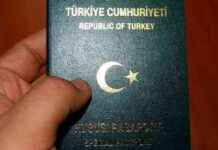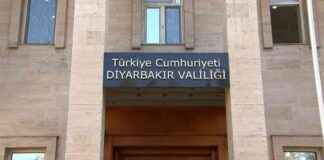Renowned journalist and author Sadık Albayrak recently shared intriguing insights into the writing process of his book, “The Last Generation of Ottoman Scholars,” during an appearance on Vav TV. Albayrak revealed, “I used to bring these damp files to the courtyard of the mufti’s office in the 1970s to dry them in the sun. Then, I would gather them up after they were dried.”
The journey of writing the book was further elaborated by Albayrak during his guest appearance on the “Legacy of Civilization” program on Vav TV. He explained, “The first 5 volumes are biographical sketches. Some may call them rough drafts, but I used to bring these damp files to the courtyard of the mufti’s office in the 1970s to dry them in the sun. Then, I would gather them up after they were dried.”
Unveiling the Historical Narrative
Albayrak’s dedication to preserving and sharing the history of the Ottoman scholars is evident in the meticulous process he underwent to compile his work. By exposing the damp files to the sun and carefully preserving them, he ensured that the legacy of these scholars would not be lost to time. The narrative he presents in his book provides a unique insight into the intellectual and cultural landscape of the Ottoman Empire during its last days.
Challenges and Triumphs
Writing a comprehensive account of the last generation of Ottoman scholars was no easy feat for Sadık Albayrak. The sheer volume of research and the painstaking effort required to compile the biographies of these prominent figures presented numerous challenges. However, Albayrak’s determination and passion for the subject propelled him through the hurdles, resulting in a rich and insightful portrayal of this pivotal period in Ottoman history.
Legacy of Knowledge
Through “The Last Generation of Ottoman Scholars,” Sadık Albayrak has not only documented the lives and contributions of these eminent figures but has also preserved a valuable legacy of knowledge for future generations. By shedding light on the intellectual achievements and cultural impact of the Ottoman scholars, Albayrak’s work serves as a testament to the enduring influence of this era on the broader historical narrative.
In conclusion, Sadık Albayrak’s book stands as a testament to the resilience and intellectual prowess of the last generation of Ottoman scholars. Through his meticulous research and dedication to preserving their legacy, Albayrak has provided a valuable resource for scholars and enthusiasts alike. The detailed biographies and historical context presented in the book offer a nuanced understanding of this crucial period in Ottoman history, ensuring that the contributions of these scholars are not forgotten.





















